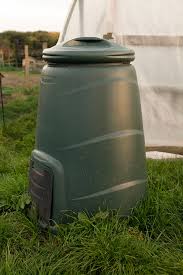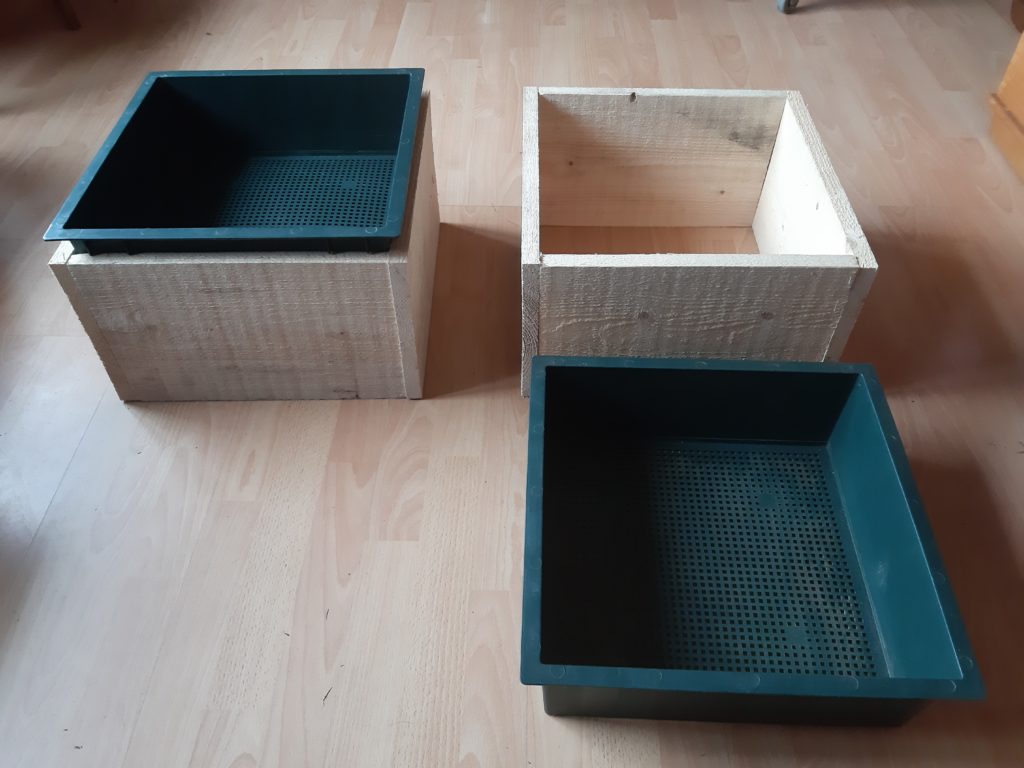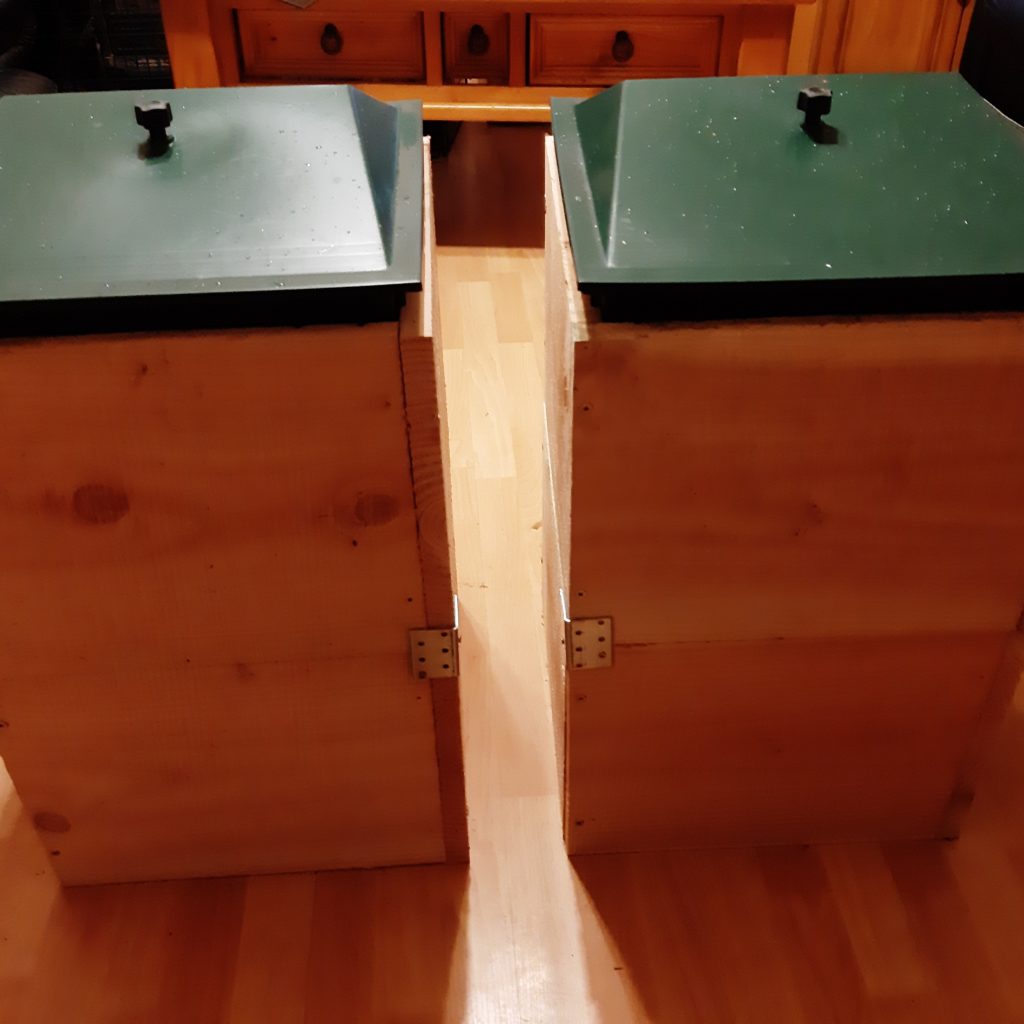Posted: Donal Date: August 27, 2019
Why a new composting system?

In my 15 years working as a composting trainer, adviser, and researcher, I have met so many people who face the same issues with their composting. It’s a smelly heavy mess, they don’t know what is happening inside the pile, and it just isn’t easy enough to use.
The problem for most people, of course, is the type of compost bin they use – either a “Dalek” shape garden composting bin

Image credit: https://www.rattandirect.co.uk/
or the compost tumbler type that has become popular recently in Ireland and perhaps other countries also.

Photo credit: Dave Beckers
These bins and tumblers do not permit quick or easy composting of the kitchen waste which is our main organic waste issue. They get full, wet, and heavy with smelly rotting food.
A much better solution is a wormery, but even these have their issues. They are often made of plastic and do not breathe or allow moisture to escape. The trays can become heavy and compacted (though not, of course, if operated very well). And if something goes wrong, the worms can be killed, although this is unusual.

Photo credit: Dave Beckers
I decided to make it possible to have effective composting in a small space, by dividing the material into fresh, semi-fresh, maturing, and matured, while making space for airflow and drainage and preventing compaction.

This system will allow easy management of all stages of the composting process. Every part should be light and easy to lift, and if something goes wrong it is easy to isolate and fix the problem (usually a matter of (1) chopping up food waste material into smaller pieces and (2) adding more brown material such as sawdust, leaf mould etc.).
And that’s it really! A minimum of 2 boxes and trays needed, perhaps 3 or more for a larger output of kitchen waste or pet poo.
Update: I have found for larger volumes of waste that an excellent option is to create a double height system by setting two boxes on top of another two.






